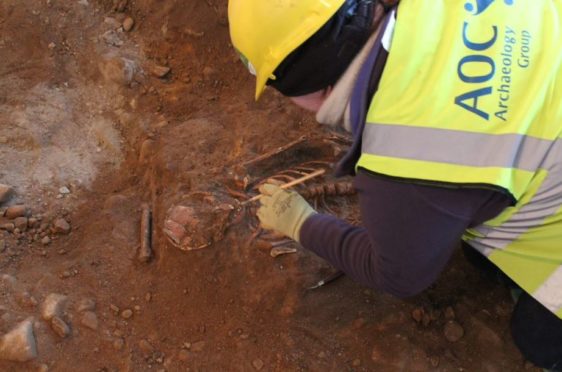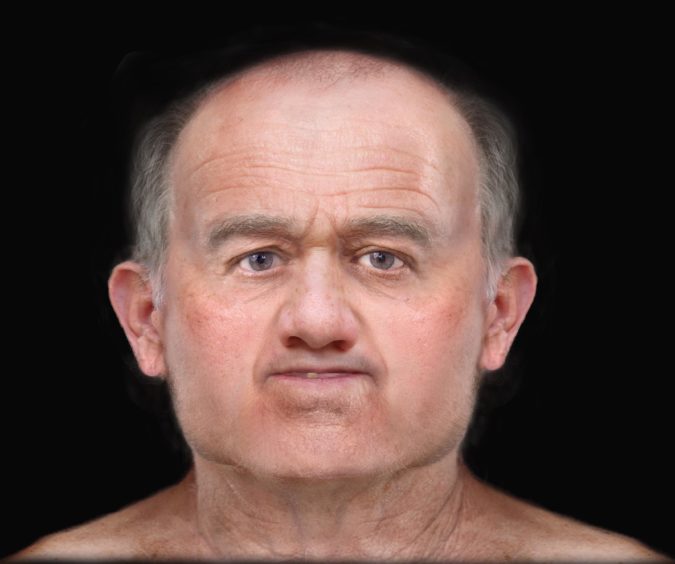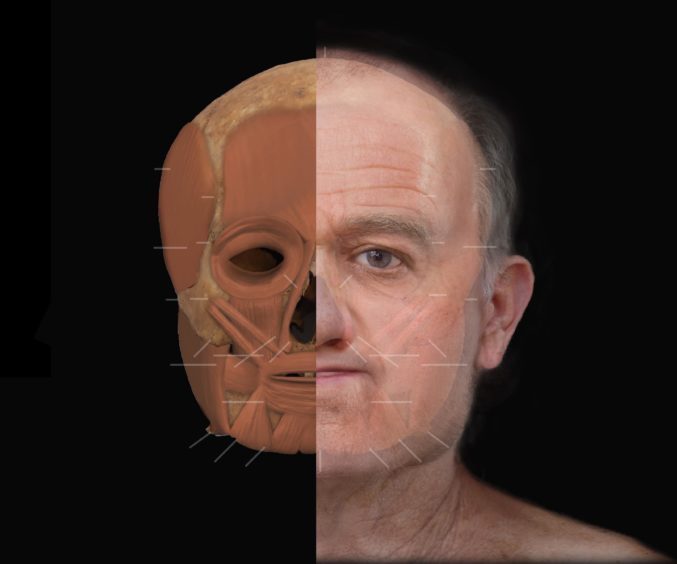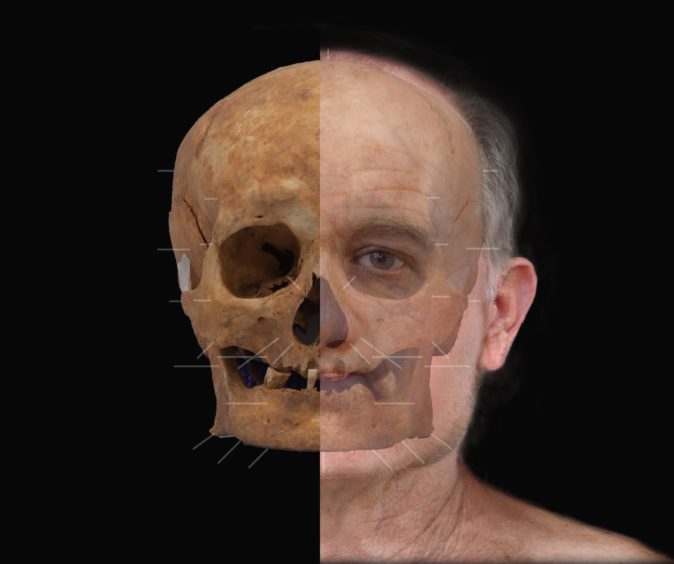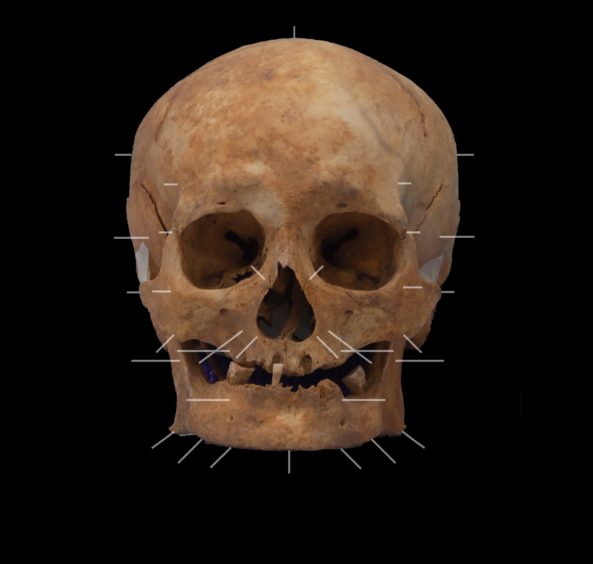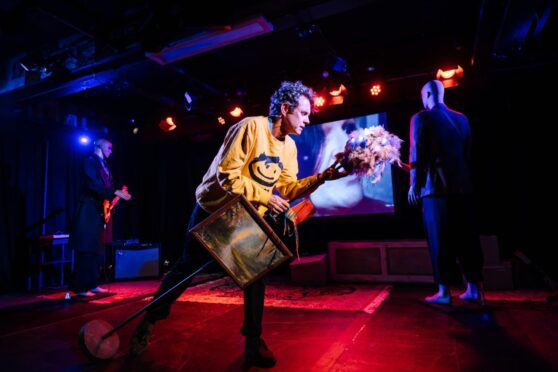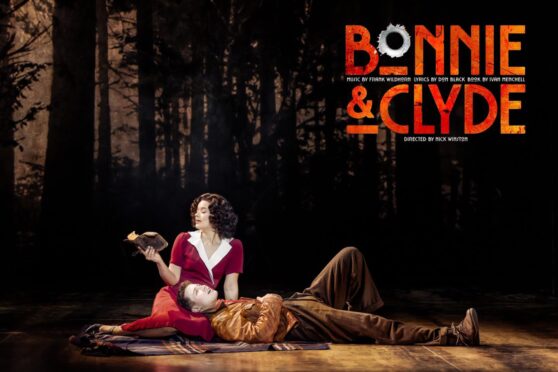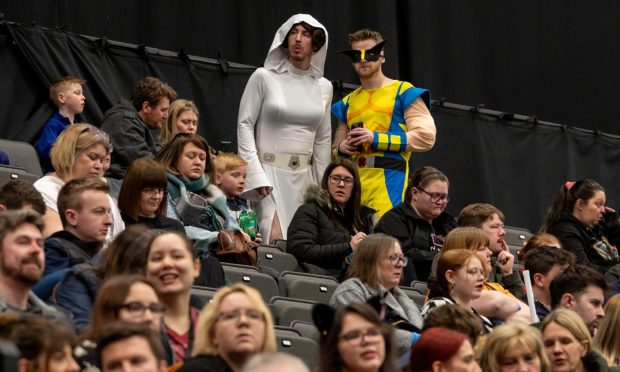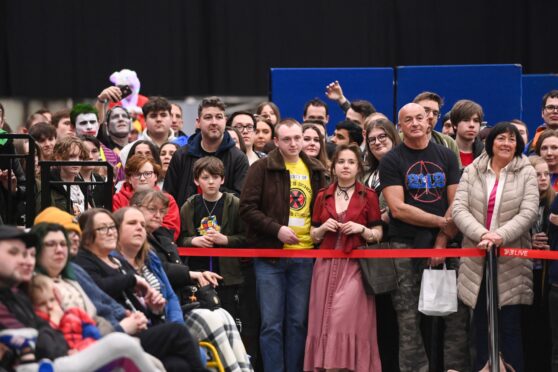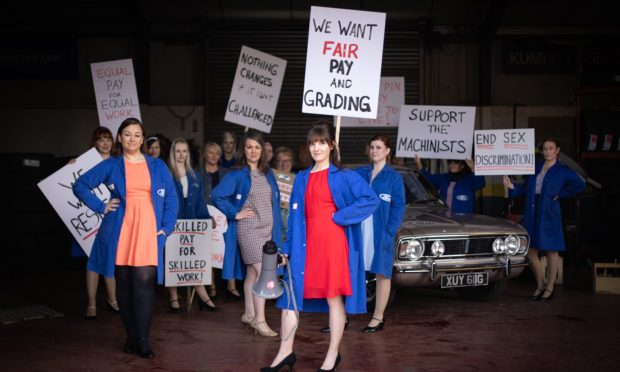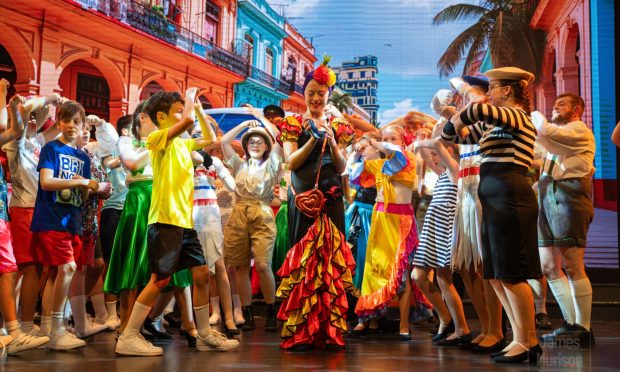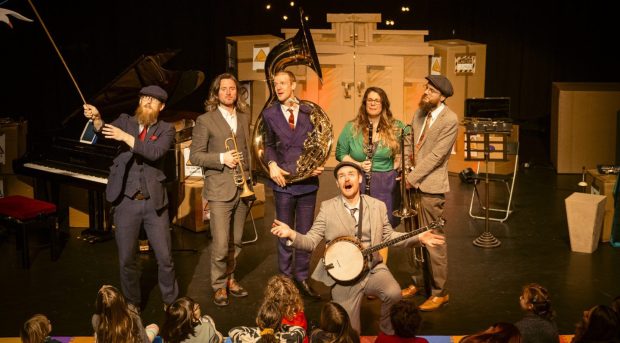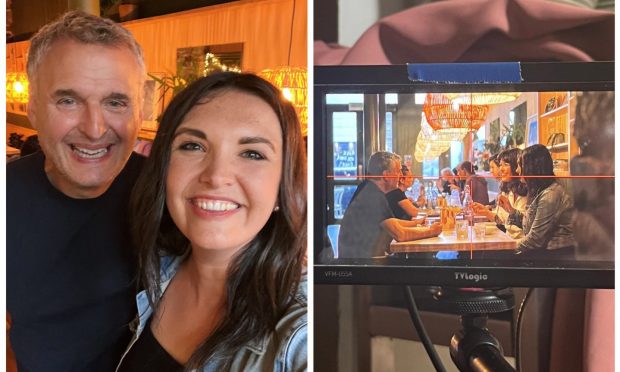Archaeologists have finally put a face to a medieval man whose remains were discovered on the site of the Aberdeen Art Gallery.
The man, known as Skeleton 125, or SK125, was among 60 entire skeletons discovered shortly after the redevelopment of the city centre building started in 2015.
Workers also unearthed 4,372 human bone fragments from at least 381 individuals.
Shortly after, construction work was suspended to allow for archaeological investigations.
The AOC Archaeology Group reconstructed SK125 and concluded he was a an adult man who was older than 46 at the time of his death.
He was shorter than the average man for the later medieval period, at between 5ft 2in and 5ft 5in.
The group’s findings also showed he suffered from extensive dental disease, including tooth loss, periodontal disease, cavities and a chronic abscess.
Paula Milburn, of AOC Archaeology Group, said: “SK 125 has provided us with a first fascinating glimpse of one of the people buried on the site of Aberdeen Art Gallery more than 600 years ago.
“The ongoing post-excavation work is examining the remains in detail and will provide us with amazing information on the kind of people buried here, including their ages, gender, health and lifestyles.”
She added that the man displayed the effects of age, with degenerative joint disease observed in the middle and lower back.
Research also indicated that, while many individuals buried at the site display “local” values which are consistent with growing up on soils local to Aberdeen, he could have spent his childhood in the north-west Highlands or Outer Hebrides.
Councillor Marie Boulton, the authority’s cultural spokeswoman, said: “The incredible find on the site and the amazing painstaking research of the team is another wonderful chapter in the history of Aberdeen Art Gallery.”
Excavations outside the gallery also uncovered a red brick charnel house containing three Victorian coffins, holding a mass of separated human remains.
SK125 was recovered from the lowest level of the burials, with other skeletons dated to the period 1050 to 1410.
The art gallery was built in 1885 on the site of the former Blackfriars Dominican Friary, believed to have been founded between AD1222–1249.
